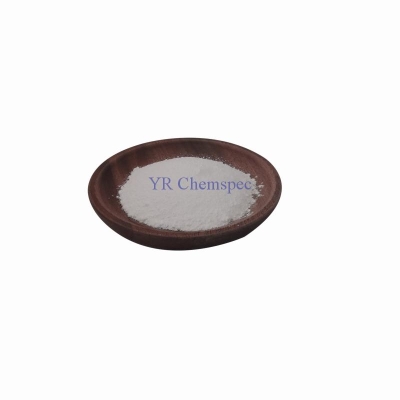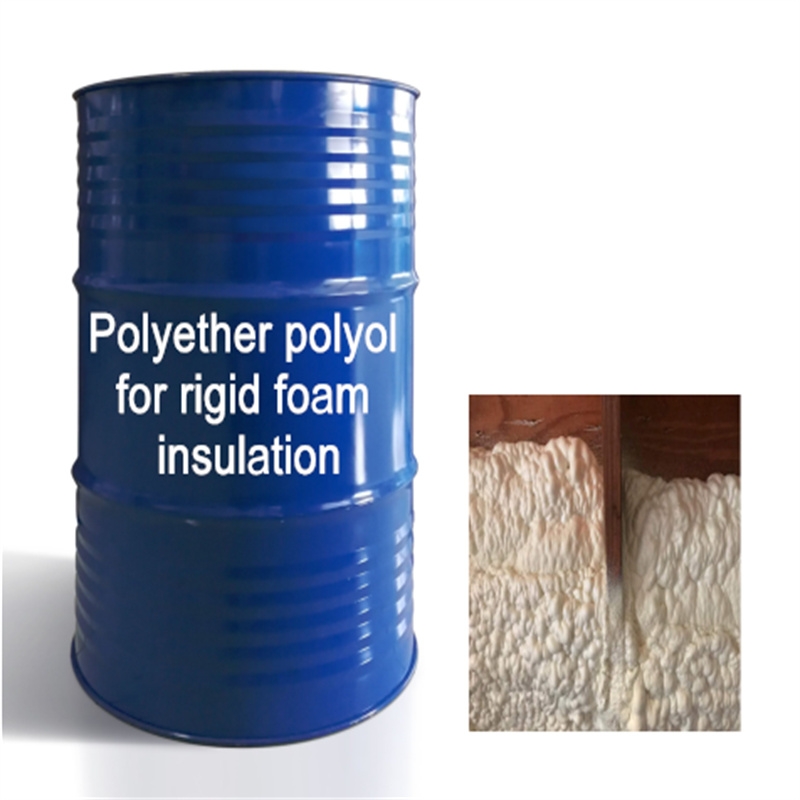-
Categories
-
Pharmaceutical Intermediates
-
Active Pharmaceutical Ingredients
-
Food Additives
- Industrial Coatings
- Agrochemicals
- Dyes and Pigments
- Surfactant
- Flavors and Fragrances
- Chemical Reagents
- Catalyst and Auxiliary
- Natural Products
- Inorganic Chemistry
-
Organic Chemistry
-
Biochemical Engineering
- Analytical Chemistry
- Cosmetic Ingredient
-
Pharmaceutical Intermediates
Promotion
ECHEMI Mall
Wholesale
Weekly Price
Exhibition
News
-
Trade Service
g.
Carefully open the bottle stopper, rinse the stopper and the inner wall of the bottle neck with a small amount of mixed solvent, so that the rinsing fluid flows into the liposuction bottle
.
If the two-phase interface is lower than the point where the ball and the bottle meet, slowly add water along the edge of the bottle wall to make the liquid level higher than the point where the ball and the bottle meet (see Figure 3-3) to facilitate dumping
h.
Pour the upper layer liquid into the prepared fat collection bottle with zeolite as much as possible to avoid pouring out the water layer (see Figure 3-4)
.
Figure 3-3 Before pouring the ether layer
Figure 3-4 After pouring the ether layer
i.
Rinse the outside of the bottleneck with a small amount of mixed solvent, and collect the rinsing fluid in the fat collection bottle
j.
Add 5 mL of ethanol to the liposuction bottle , rinse the inner wall of the bottleneck with ethanol, and mix as described in c
k.
Repeat operations c ~ i, and then perform the third extraction, but only use 15ml of ether and 15ml of petroleum ether
.
l.
Combine all the extracts, either by distillation to remove the solvent in the fat collection bottle, or by evaporating to dryness on a boiling water bath to remove the solvent
.
Wash the inside of the bottleneck with a small amount of mixed solvent before distillation
m.
Put the fat collection bottle into an oven at (102±2)℃ and heat for 1 hour, take out the fat collection bottle, cool to room temperature, and weigh to the nearest 0.
1 mg
.
n.
Repeat the m operation until the difference between the two consecutive weighings of the fat collection bottle does not exceed 0.
5 mg, and record the minimum mass of the fat collection bottle and the extract
.
o.
To verify whether the extract is completely dissolved, add 25 mL of petroleum ether to the fat collection bottle , heat it slightly, and shake it until the fat is completely dissolved
.
If the extract is completely dissolved in petroleum ether, the difference between the final mass of the fat collection bottle containing the extract and the initial mass is the fat content
p.
If the extract is not completely dissolved in petroleum ether, or if it is suspected that the extract is all fat, use hot petroleum ether to elute
.
Pour out the petroleum ether carefully, do not pour out any insoluble matter, repeat this operation more than 3 times, and then rinse the inside of the fat collection bottle with petroleum ether
q.
Take the difference between the mass measured in n and the mass measured in p as the mass of fat
.
(5) Result calculation
Where x is the fat content in the sample, g/100g
m——the mass of the sample, g
m 1 ——The mass of fat collection bottle and extract measured in n, g
m 2 ——The mass of the fat collection bottle, or the mass of the fat collection bottle and the insoluble matter measured in p in the presence of insoluble matter, g
m 3 ——in the blank test, the mass of the extract measured in the fat collection bottle and n, g
m 4 ——the mass of the fat collection bottle in the blank test, or the mass of the fat collection bottle and the insolubles measured in p when insolubles are present, g
is the arithmetic of two independent determination results obtained under repeatability conditions The average value indicates that the result retains three significant digits
.
(6) Tips
①Precision requirements: the difference between two independent measurement results obtained under repeatability conditions should meet: fat content ≥15%, ≤0.
3g/100g; fat content 5% to 15%, ≤0.
2g/100g; fat content ≤5%, ≤0.
② Although milk fat is also free fat, because the fat globules are wrapped by the calcium salt of casein in the milk and are in a highly dispersed colloidal dispersion, they cannot be directly extracted by ether or petroleum ether and need to be treated with ammonia in advance.
The method is also called the alkaline ether extraction method
.
After adding ammonia, mix thoroughly, otherwise it will affect the next step of ether extraction of fat
.
③The Congo red solution can be used selectively to make the interface between the solvent and the water phase clear, and other solutions that can stain the water phase without affecting the measurement results can also be used
.
④ The effect of adding ammonia during operation is to destroy the fat globule membrane
.
The effect of adding ethanol is to precipitate protein to prevent emulsification, and to dissolve alcohol-soluble substances, leaving them in the water to avoid entering the ether layer and affecting the results
.
The effect of adding petroleum ether is to reduce the polarity of the ether , make the ether and water immiscible, only extract the fat, and make the layering clear
.
⑤ If the mass fraction of fat in the product is less than 5%, only two extractions can be performed
.
⑥ If there is no liposuction bottle, a 100mL graduated cylinder with stopper can be used instead
.
Related links: Other methods for determining fat in food (1)







